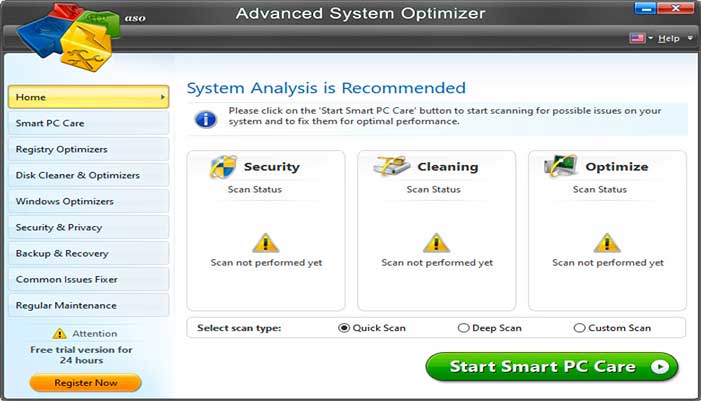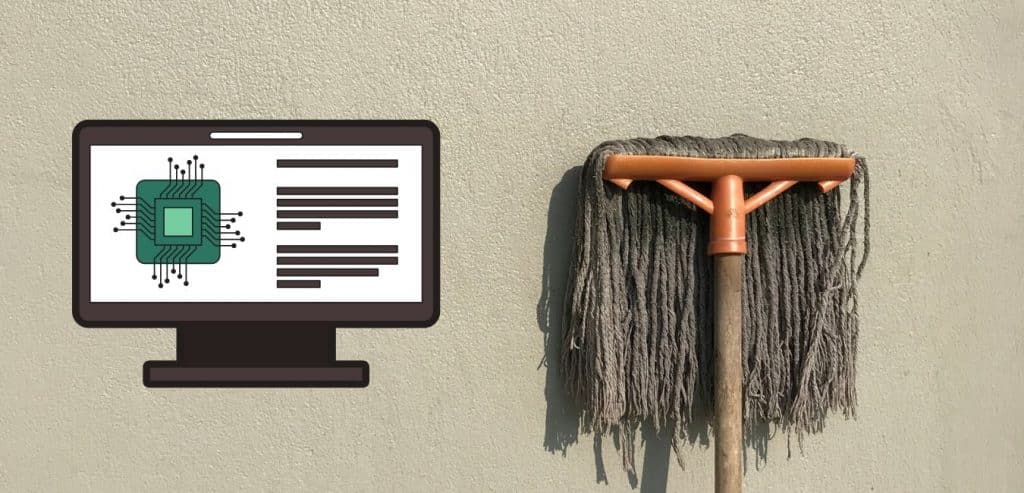
- #Windows memory cleaner how to#
- #Windows memory cleaner windows 10#
- #Windows memory cleaner free#
- #Windows memory cleaner windows#
#Windows memory cleaner windows#
i.e, force Windows to process any and all idle tasks. If you don’t want to restart the system to flush memory cache, you can do one more thing.

You can see that from the task manager (CTRL + SHIFT + ESC).Ĭlear Memory Cache by Processing Idle Tasks After restarting, the memory cache should be cleared. To restart the system, right-click on the start menu and select “ Shut down or sign out → Restart“. Since all the memory is lost, Windows will start afresh solving the memory cache problem. i.e, without active power, the data in RAM is lost. Unlike the regular hard drive, the system memory is volatile. When trying to restart the system, Windows will either complete all the pending tasks or abandons them as needed. The best way to clear the Windows memory cache is just to turn off the system and turn it on again.

#Windows memory cleaner windows 10#
Clear Memory Cache by Processing Idel Tasks Restart the Windows 10 System. If you think the memory is filling up or if the system is showing low memory error, follow the steps below to fully clear the memory cache in Windows 10. In the worst-case scenario, the system might crash with possible data loss. In those cases, the system will show “Low Memory” warning, performance will be sluggish and apps won’t work as they should. This is especially true if your system has less memory to start with (less then 8GB). The “Available” value should change when you run the Windows 10 memory cleaner script.However, under certain conditions, the memory cache can get clogged and fill up the entire system memory. You can see the changes by heading to the Performance tab of Task Manager and selecting “Memory”. Now that the file is saved, you can run it from your desktop at any time to clear your reserved memory. Switch the “Save as type” dropdown to “All Files” and append “.vbs” to your file name. Our Windows 10 memory cleaner must have a. Choose a location for the file (desktop may be easiest) and name it “Memory Cleaner”, but don’t save it quite yet. As a rule of thumb we suggest not to never set the number higher than half of the built-in RAM of your system. Otherwise, you could end up with more problems than you started with. #Windows memory cleaner free#
You can set this to 2000000000 to free 2GB of RAMĪt once, 4000000000 to free 4GB of RAM or even higher, if your specs allow for this.īut as the command can run several times in a row its best to keep the number smaller. Paste the following into your text file: FreeMem = Space(1000000000).Īs you probably gathered, the 1000000000 stands for the amount of RAM in bytes you wish to clear.

Search for Notepad in the Windows 10 search menu and start it with a click. We’re going to create a script that clears your reserved memory, which is often gobbled up by programs with memory leaks. In some cases, these do work, but for the most part, you can create similar functionality yourself for free. There are endless Windows 10 RAM cleaner programs that claim to speed up your computer.
#Windows memory cleaner how to#
How to Create a Custom RAM Cleaner for Windows 10 to Mitigate Memory Leaks In other applications, you may see that project files you aren’t actively working on are using resources.

Sometimes, a single webpage can use a lot of RAM if it’s optimized poorly. For example, you may notice that you have a lot of tabs open in Chrome or Edge. In this view, look for the parts of the application that are using the most memory.
Close hungry sub-tasks, browser tabs, and extensions. In the Task Manager window, click the small arrow to the left of the task to maximize it. In these cases, you can speed up your computer by identifying the specific sub-tasks that are problem points. Sometimes, it’s a program you’re actively using that’s hogging your system resources. From there, it should be simple to find the hungry processes and click “End task” to get rid of them. Click the “Memory” heading twice to sort the list by RAM usage. We can free up RAM by closing unused programs that have high memory use. Check for applications with high memory use. If it’s your first time, you’ll get only a simple list, so be sure to click “More details” to see everything we need. You can start Task Manager with the hotkey “CTRL + SHIFT + ESC”. You can use Microsoft’s tool to search for hungry programs and end them. On Windows 10, the easiest way to clear RAM without restarting is via a familiar tool, Task Manager.








 0 kommentar(er)
0 kommentar(er)
